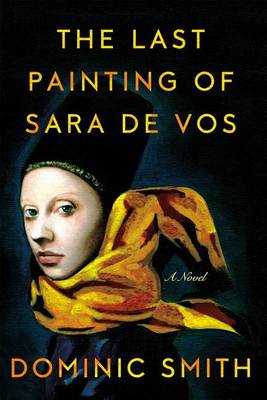Reviewed by clementine on
My biggest issue with this novel is the handling of the historical details. I'm not a huge reader of historical fiction anyway, but I really prefer it when the past is rendered vividly. The 17th Century Netherlands of Sara de Vos's world is simply not as wholly realized as, for example, a similar era depicted in Burton's The Miniaturist. Smith described a painting as being slowly built up in layers, and I understood that the metaphor extended to this story too. However, while Sara's life was interesting, the provenance of the painting had little bearing on the present-day forgery plot. (Again, the flashbacks in The Muse regarding the mysterious painting's creation are integral to the plot.) It felt like a separate novel, one that was not as interesting or complete as the main plot. There were also anachronistic details that bothered me, such as Ellie using the term "cult classic" in the late 1950s. I just wanted each time period to be more evocative of its time, for there to be more evidence of historical research. It's not that the historical framing was ill-developed, it just wasn't fully there, and I wanted this novel to be all-consuming in a way that it just wasn't.
It's a good story with solid writing, though not quite as highbrow or artistically-developed as I think it aspires to be.
Reading updates
- Started reading
- 25 January, 2019: Finished reading
- 25 January, 2019: Reviewed
